Language Technology
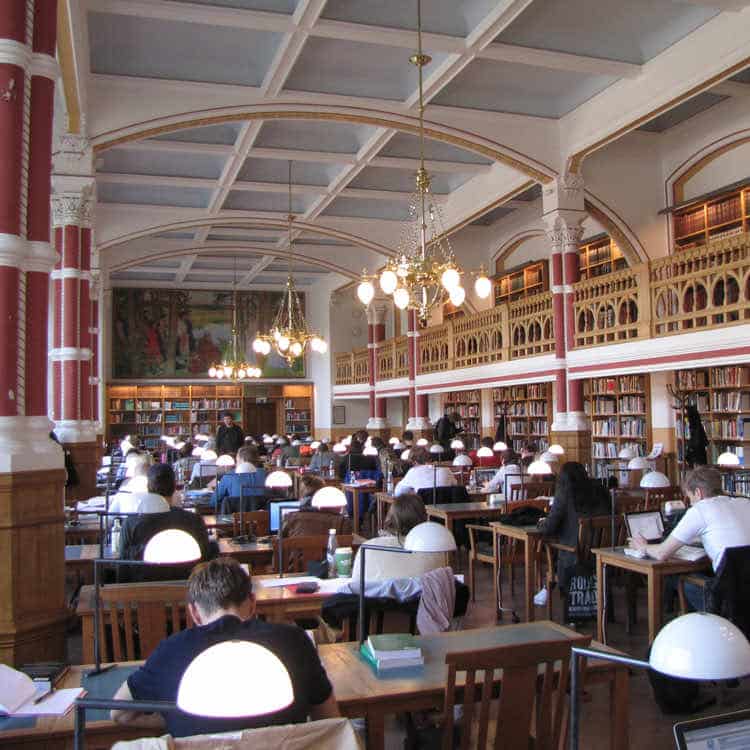
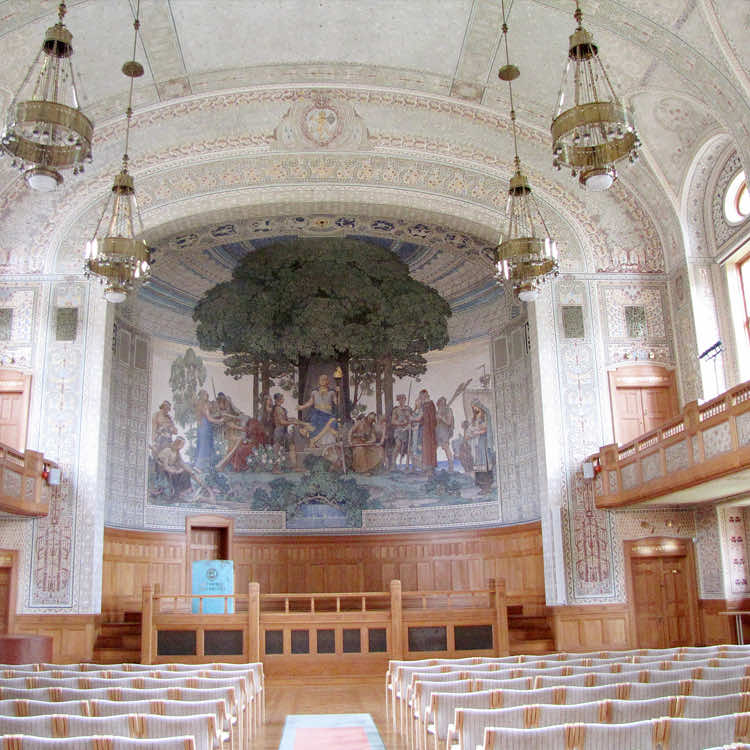
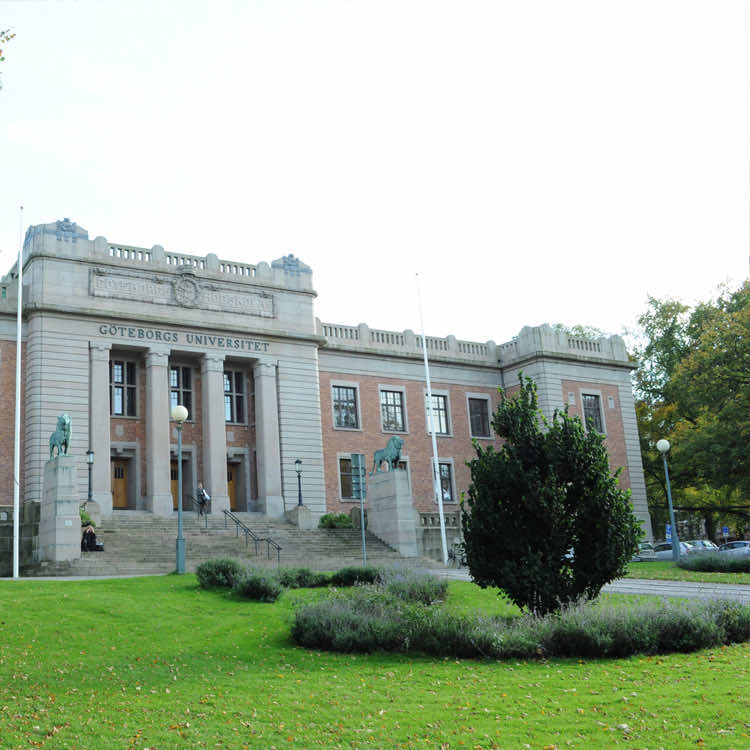
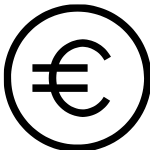
Tuition
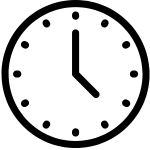
Duration
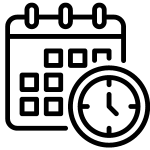
Admissions Deadline

Location
Profile
Students first take two introductory courses, introducing programming for language technology applications, and relevant concepts and theories from formal linguistics. There will also be overviews of the main areas of modern language technology. This is followed by a general introduction to natural language processing (NLP), the nuts and bolts of getting computers to understand and process human language, and programming for NLP. The second semester starts off with dialogue systems and statistical methods for language technology. If you are taking the one year degree you will also carry out a shorter masters project in your second semester. Most students will aim for the two year degree, and will instead continue with courses on the structure of language, syntax, and its meaning, semantics. The first semester of the second year offers a choice from a variety of courses in language technology and related areas.The final semester of the two year degree is entirely devoted to project work. Students normally conduct their final projects with an industry placement or with placement at one of the three research laboratories associated with the interdisciplinary Centre for Language Technology, CLT, at the University of Gothenburg.There is a option to study 2 years.
Map
Sorry, no records were found. Please adjust your search criteria and try again.
Sorry, unable to load the Maps API.
Admissions Requirements
Applicants should have a bachelor's degree with a major in language technology, computational linguistics, computer science or linguistics,cognitive science, languages, philosophy, software engineering, information technology or mathematics.Applicants from non-anglophone countries must provide proof of English proficiency.Application deadline for non EU students is January 15.
Related Programs
Program Information
Gothenburg
Västra Götaland County
411 34
Sweden
Additional Information
Considerations
